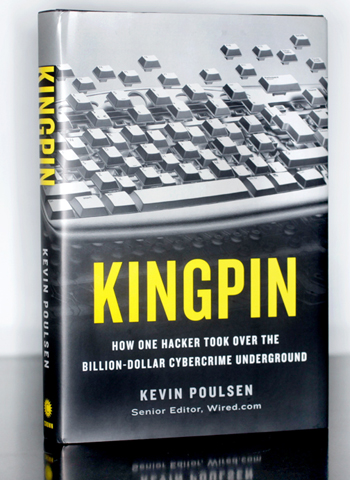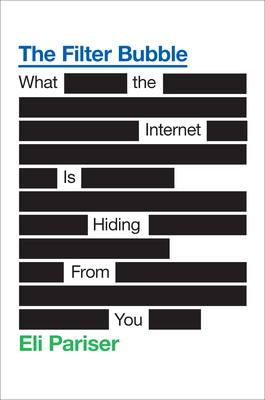At the end of the day - an IT department is a Cost Center.
There! I said it. Begin the stoning.
But don't get too excited about cutting IT costs - almost all of the rest of the business is also a Cost Center.
The idea of a "cost center" was proposed by Drucker to differentiate the parts of the business that earned revenue (Profit Center) from those that don't directly earn new money, but instead support those that do. He regretted that distinction and later said that "The only profit center is a customer whose check has not bounced" (1). But now the idea has been adopted in general language.
Assuming that you're not working in an area of IT which contracts out to other businesses, and earns an income for your organization, then you're working in a Cost Center. Regardless of how vital your work is to the organization, if you are not bringing new money into the organization, you're in a Cost Center.
A while ago Kaplan pronounced the end of Cost & Profit Centers (3) by reviewing the wide range of other "centers" that had grown up, partly because people don't like to think of themselves as being just a cost to the business. There were Investment centers, Discretionary Expense centers, Revenue centers, and others
Within IT, we don't like to think of ourselves as being a cost to the organization either. We're special, not like HR, Payroll or Facilities Management, or (heaven forbid) Marketing.
We provide value to our business. We do really cool things that allow the business to do more with less, open up new markets, allow our front-line people to provide better value to our businesses customers. Yeah IT departments are important, we're not just a cost center!
The only problem is that this is the view of all areas of the business. HR try to make sure that people are working well - thus providing value to the business, Marketing people are pushing to earn money from customers (2), facilities management people take pride in ensuring that buildings etc are working as best they can for the staff and customers. And lets get real here - in a brick & mortar business, the customers are more likely to notice bad performance in facilities management before they notice poor IT - they definitely do provide value to the organization.
So how is IT more important that that - how do we show that we provide more value to the organization than those other support functions? If that's at the back of your mind - get over yourself. All areas of the business provide value - otherwise why does the business put up with them? Trying to compete with other areas of the business is harmful to the business (aside -
check out this competition between the brain and the rectum as to who is most important).
It's more useful to consider how we provide value to the organization. IT acts as a leaver to the organization. Investment in IT should allow other areas to work for effectively, more efficiently, and open new opportunities that were not otherwise available.
Sometimes an organization treats IT as a cost center and then takes the view that all costs should be minimized. But reducing the investment means minimizing the benefits that IT can provide to the organization. This happens, but often to the detriment of the organization.
However, it's silly to say that we're not a cost center, because - by definition we are. We don't directly bring new money into the organization. Or to say that we are a "value center" - all functions provide value, the term is meaningless.
If you want a term to make you feel special about IT, then claiming that we are an "investment center" might be useful. By investing in IT (and not being dumb about it), the organization should see benefits which would not otherwise be realized. But lets not pretend that we're something we're not.
References
(1)
Managing in a Time of Great Change (2)
Marketing Should Be a Profit Center, Not a Cost Center(3)
The Demise of Cost and Profit Centers
.jpg)


